- Increased efficiency: With excellent wear resistance, tungsten carbide cold heading dies have a longer lifespan, reducing downtime and increasing production efficiency.
- Cost savings: Tungsten carbide cold heading dies can produce a large number of screws with consistent quality, reducing scrap and material waste and lowering production costs.
- Versatility: Tungsten carbide cold heading dies can be customized to produce screws of various sizes, shapes, and thread designs, making them suitable for a wide range of applications.
The carbide Cold Heading Die cold forming die
Get high-quality carbide cold heading dies from our factory for efficient cold forming processes. Experience precision and durability in our products.
Request a QuotePRODUCTS DETAILS
Hot Products

High Hardness Tungsten Carbide Straightening Block Die For Straightening Steel Wire
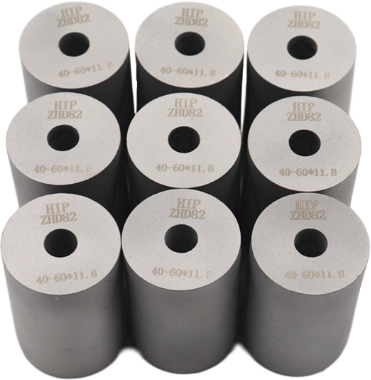
YG15C YG18C YG20C YG25C Tungsten Carbide Cold Heading Dies
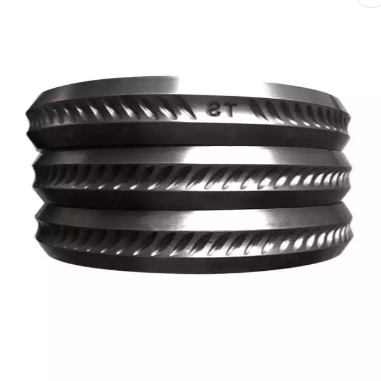
2-14mm Wire Size Tungsten Carbide Roller Rings for Industry Rolling
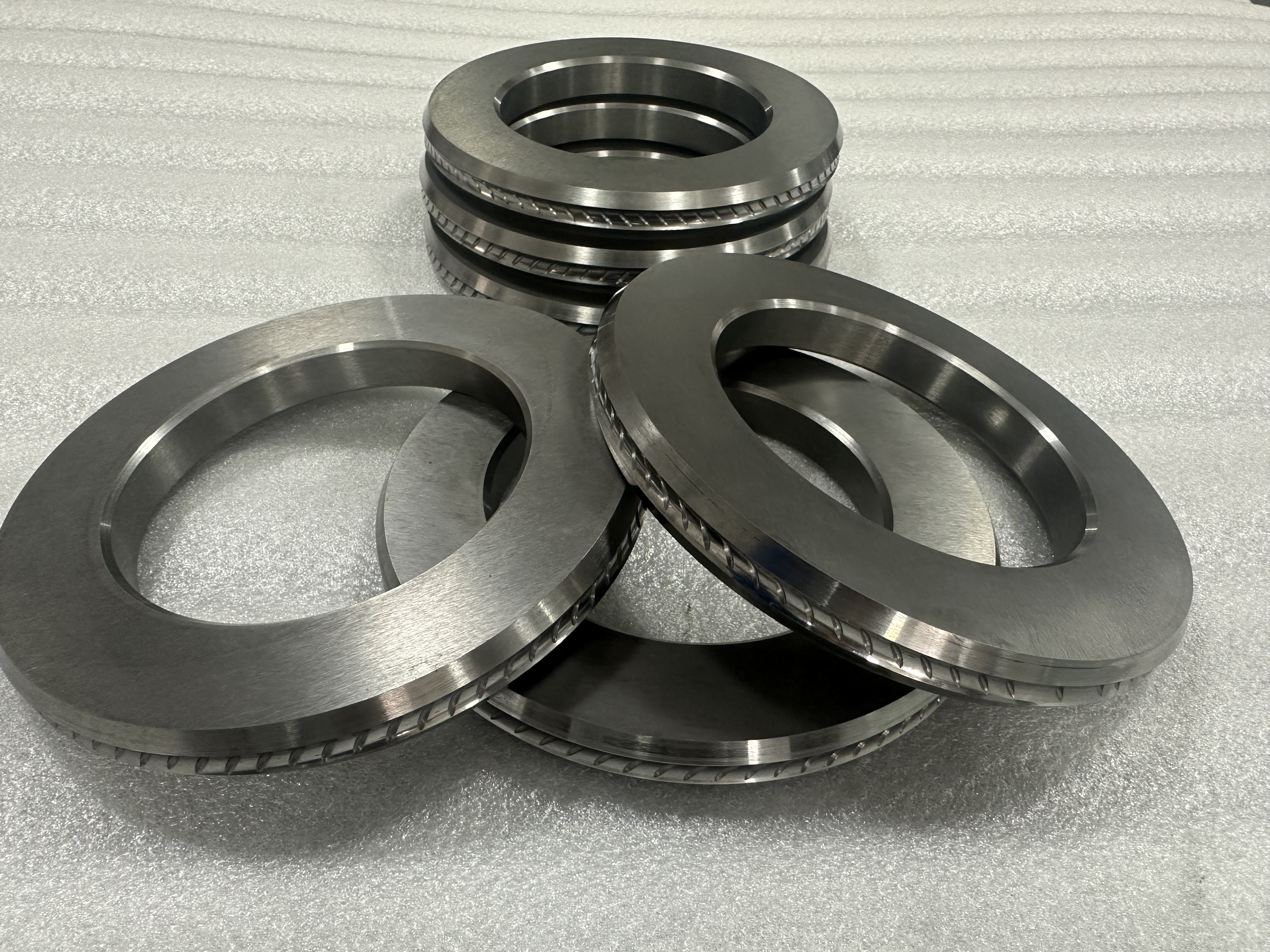
YG15 Milling Pr Ro Rt Fo Size Tungsten Carbide Roller Cold Rolling Longlife

Cemented carbide strips/ Tungsten carbide sheet/plates
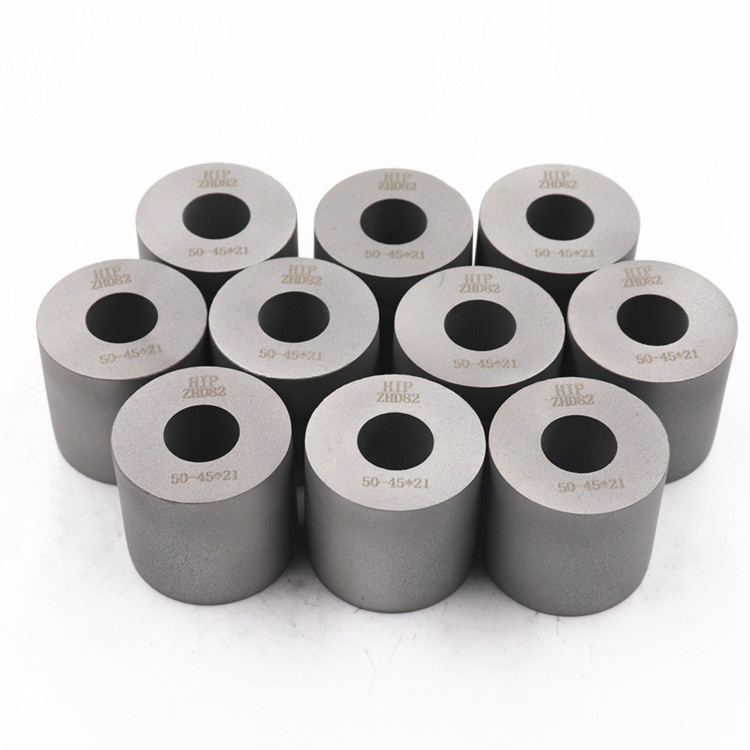
Tungsten Carbide Cold Heading Dies High Wear-Resistance
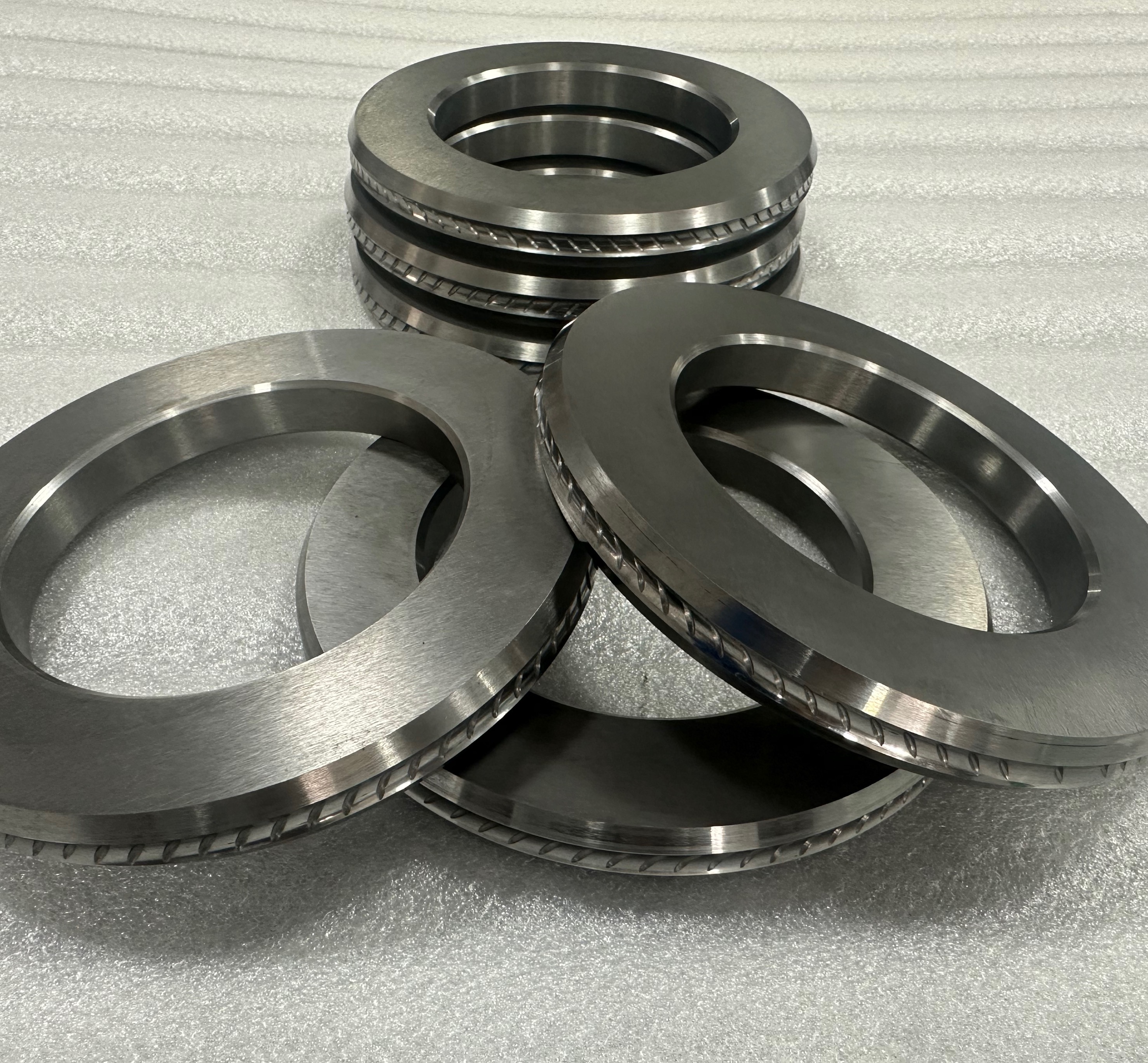
Tungsten Carbide High Speed Roll Rings TC Mill Roller for Rolling Ribbed Steel Bars

Customized heat resistant tungsten carbide roller ring in heat treatment furnace
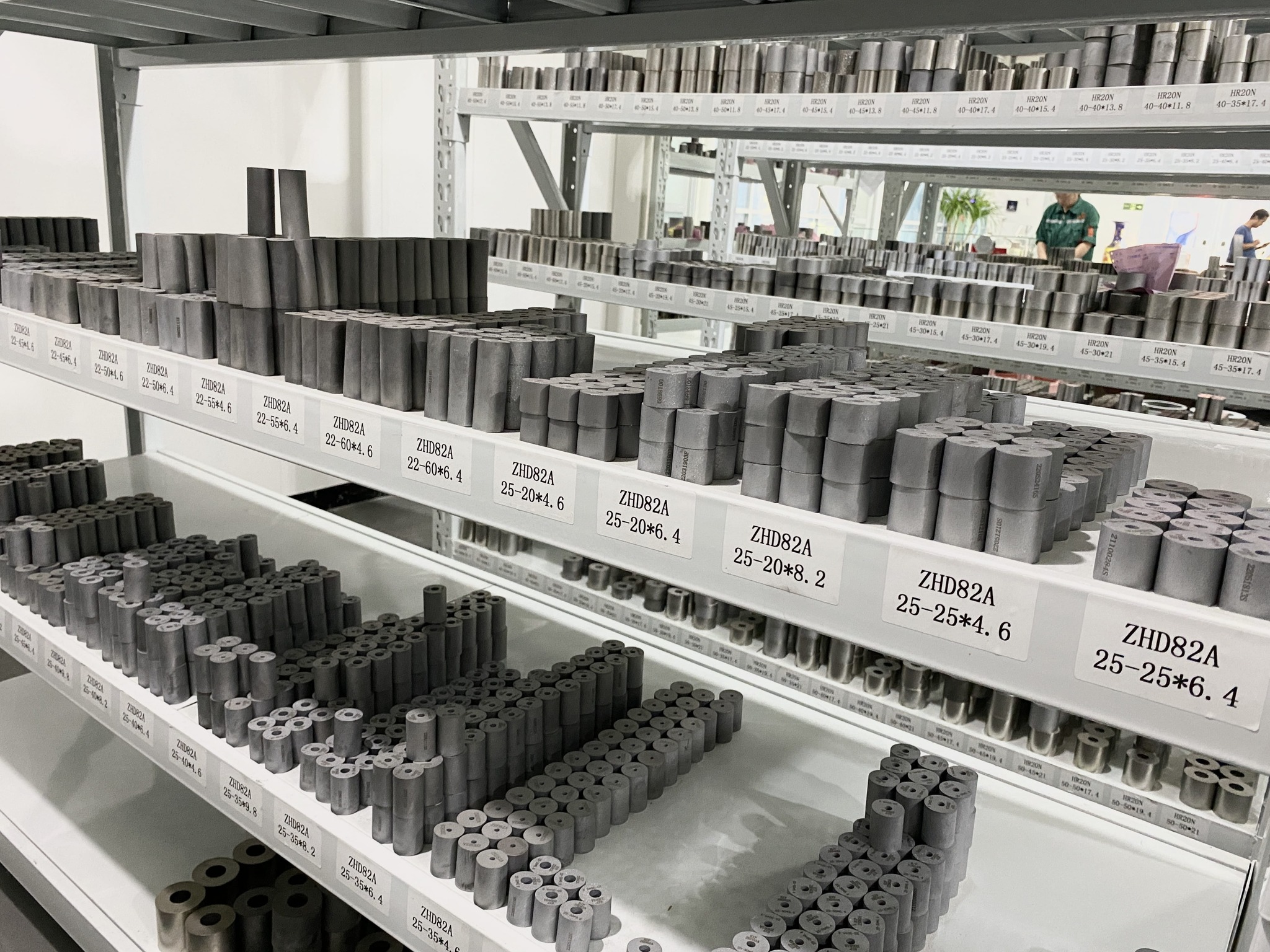
15% Cobalt YG15 Tungsten Carbide Cold Heading Dies For Cold Heading Machine
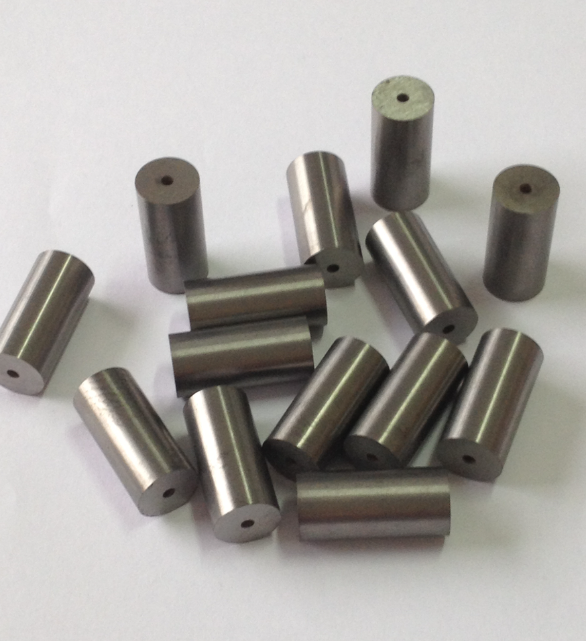
Cold Heading Use Cemented Carbide Nibs 20% Cobalt High Strength Type
Contact us
Please feel free to give your inquiry in the form below We will reply you in 24 hours




